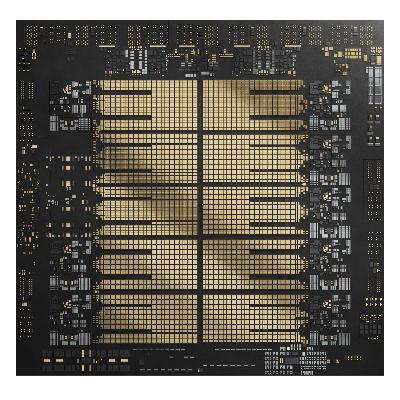Episode 20 "Two is One and One is None"
Description
Here are the show notes for Episode 20 "Two Is One And One Is None". The show is called this because our Topic topic is trying to figure out how to archive family photos and videos.
Mainframe: zFS Shrink, Only in z/OS V2.3
A system command for reducing the size of a zfs file system. Not be confused with compressing files within a file system. Found on zfsadm shrink. You specify a target size with the size option, gives _final_ size in KB, gets rounded to 8K boundary .
- -noai option: means no active increase. A file system is being accessed, might need additional blocks over the shrink size given. so it can be "actively increased" by default.
- During a shrink a scan occurs to determine what blocks must move...longest part of the operation. Blocks are moving from the portion to be released, into the portion that is to remain.
- After Blocks are moved, and then space is release - in which it will be briefly quiesced. Applications do not need to be stopped when doing a shrink.
Reminder to use aggrgrow to increase the size of the filesystem. Monitor with SMF 92 subtype 50 for both grow and shrink events. Subtype 59 for # of I/Os and rate, but might occur too often, so use it wisely.
Performance: CPENABLE and HiperDispatch
I/O ends with an Interrupt. Needs to be handled by a processor, and needs to be handled in a timely way. Can be handled with Test Pending Interrupt (TPI). If test true this CP handles pending interrupt. If false then handled by normal interrupt handling. If many TPI successes suggests queue build up. Trade off between timeliness and processor efficiency
There’s a trade off between timeliness and processor efficiency. The CPENABLE parameter’s values manage this trade off. There are two values: if TPI% below first disable a processor from handling I/O interrupts, and if TPI% above second enable a processor to handle them.
Without Hiperdispatch, access to CPU is smeared across online processors, as the LPAR’s weight is evenly spread across its logical processors. Without Hiperdispatch it is recommended that CPENABLE be set to 0,0 which allows all processors to handle interrupts.
Overall this topic shows I/O Interrupt Enablement is a topic worthy of consideration to get timeliness vs efficiency right – particularly in the Hiperdispatch era. Also that the instrumentation really helps.
Topics: Archived Family Information
Talking about personal and family information: photos, audio, and video only. Not writings. Some serious questions:
- “What happens when I’m dead?” Facebook, for one, has a protocol. Google has a protocol.
- Ideally write a will and tell family how to handle material.
- Will anyone else care about the material?
- “What about Big Brother” : Everyone has something to hide, it’s about trusting the service provider
- “Who owns the material?” and do you care?
Contacting Us
You can reach Marna on Twitter as mwalle and by email.
You can reach Martin on Twitter as martinpacker and by email and blogs at blog.
























